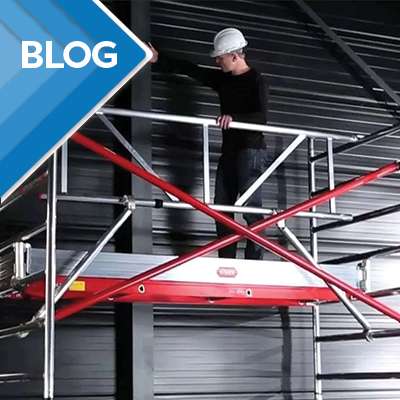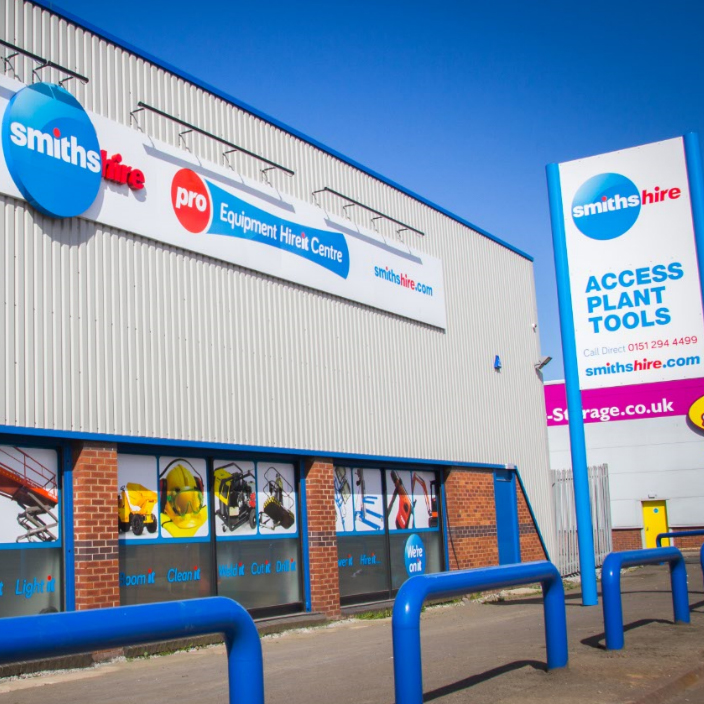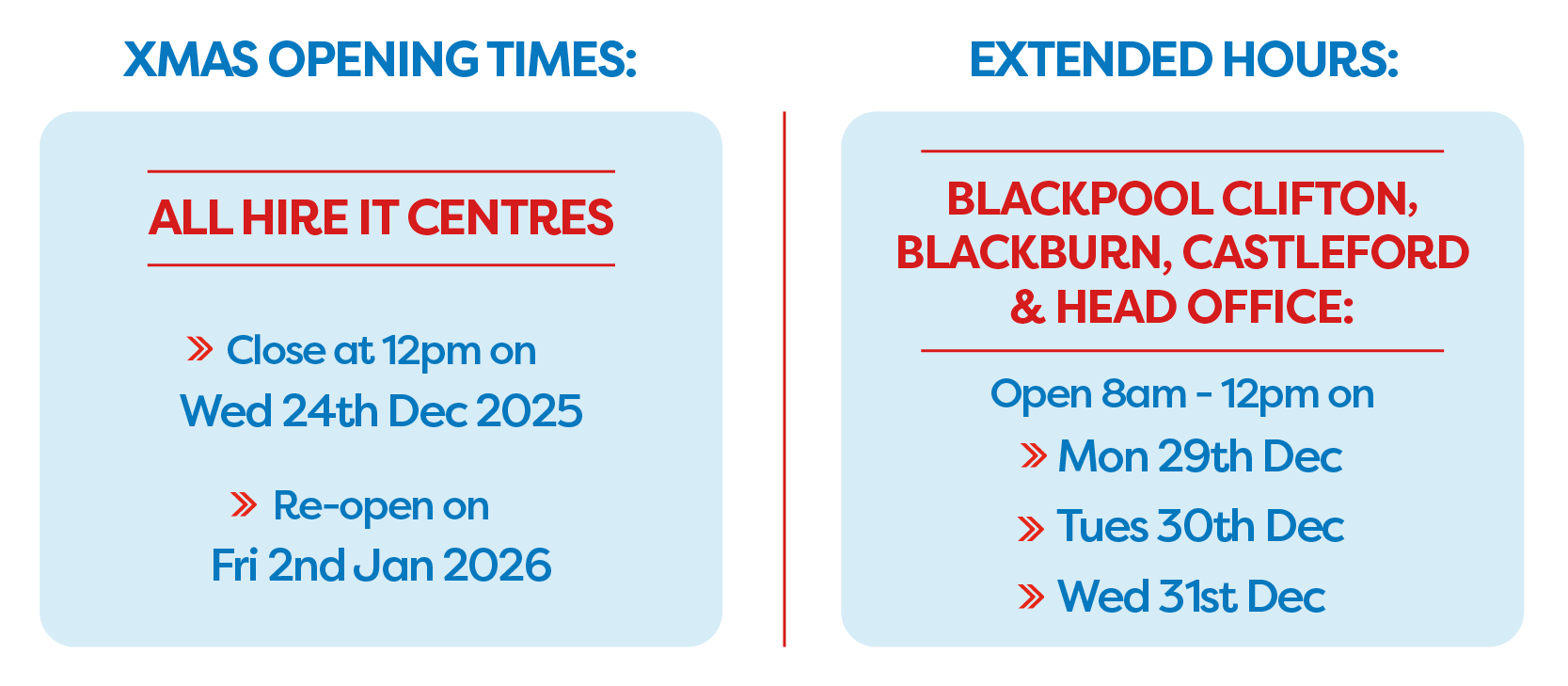Now, in Autumn, is the perfect time to carry out any exterior repairs before the worst of the Winter weather sets in. But in the UK, sometimes Autumn and Winter can feel like the same thing. As well as crispy sunny days, Autumn can bring wet weather, shorter days, and sometimes icy surfaces, which can all add risk when working at height on a scaffold tower. Whether you’re repairing guttering, repainting window frames, or touching up brickwork, having a safe, steady platform makes all the difference to both safety and efficiency.
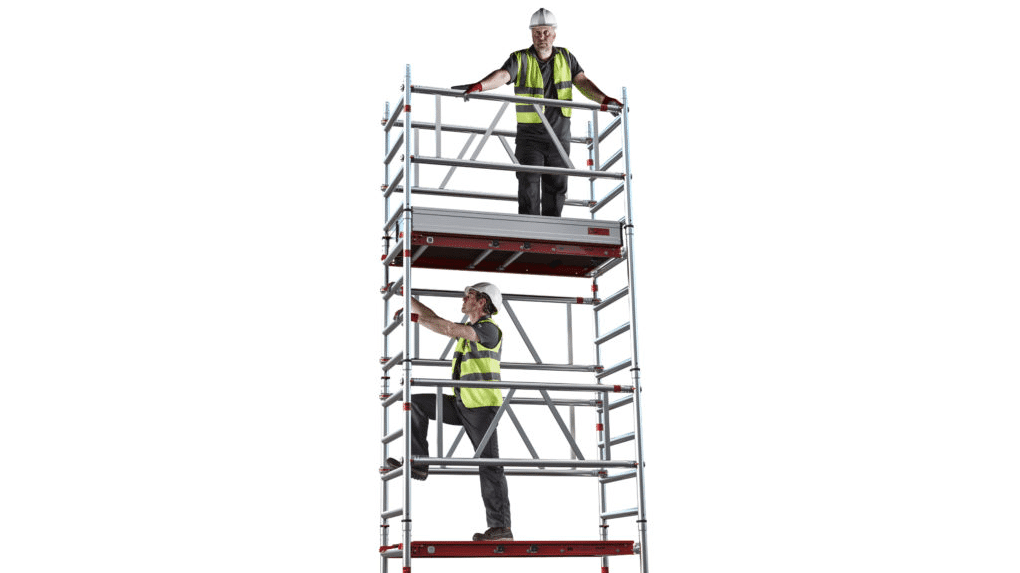
At Smiths Hire, we’ve been providing reliable scaffold tower hire across the UK for over 50 years. We know that it’s not just about height, but safety, stability, and being able to work confidently in varying Autumn and often unpredictable conditions. So, with that in mind, here’s our practical guide to using scaffold towers safely for your exterior repair projects!
Choosing the right scaffold tower
Not all scaffold towers are the same, so the first step is choosing the right height and type for the job. You want to reach your work comfortably without leaning or overreaching, and ensure the tower can safely support you, plus any tools or materials you need. At Smiths Hire, we have a range of towers to suit a multitude of different tasks: the Mi Tower 6m One-Man Kit or the Mi Tower Plus 6m Two-Man Kit are perfect for quick jobs and both can be assembled by a single person in under 15 minutes; our Short Narrow 3T Towers offer versatile heights for maintenance or decorating work, with stabilisers and castor wheels for easy mobility; and our Short Standard AGR Towers provide that extra stability for taller projects, which is ideal when working outdoors in windy or wet Autumn conditions. Every tower meets HSE safety standards, so you can work confidently whatever the weather.
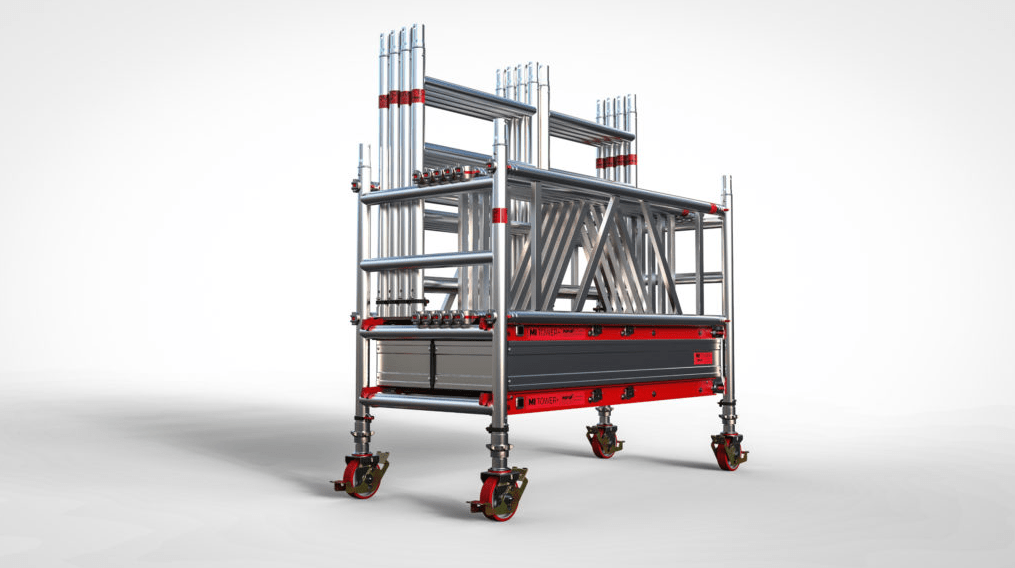
Inspecting your tower before use
Always give a scaffold tower a proper once-over before you climb. Take a close look for any loose pins or missing parts, and make sure guardrails and toe boards are all securely in place. Don’t forget to check that wheels and stabilisers are locked and that platforms are firmly secured. This kind of inspection is even more important in Autumn when rain can leave platforms slippery, and wet or frosty ground can affect stability more than you might expect. Spending a few extra minutes on a thorough check keeps everyone safe, helps prevent accidents before they happen, and gives you peace of mind while you’re working at height.
Level ground and stability
Scaffold towers need a firm, level base. Even small slopes, soft ground, or muddy patches can make them unstable – and in Autumn, with wet or frosty ground, the risks are even higher. Avoid setting up on grass, ice, or uneven terrain unless you’ve got proper stabilisation in place. According to HSE guidance, towers should never go on unstable surfaces, as even the smallest shift can lead to falls or collapse, which could cause serious injury.

Safe assembly practices
The way you assemble a scaffold tower is just as important as the tower itself. Always follow the manufacturer’s instructions carefully, making sure stabilisers, braces, guardrails, and platforms are fitted correctly. Never remove safety components or try to improvise during setup. On taller towers, like our Long Standard AGR Towers, outriggers provide vital extra stability – especially in Autumn winds. Only personnel who have the necessary experience should carry out assembly, and no one should climb until the tower is fully secured. Keep tools organised and avoid overloading platforms. With the right assembly, your tower is far less likely to tip and will perform exactly as designed.

Planning for weather and seasonal hazards
Autumn in the UK can throw just about everything at you – rain, wind, frost, and those shorter days that make working on scaffold towers a bit more of a challenge. Slippery rungs, icy patches, and poor light all add to the risks. According to the HSE, if the weather makes things unsafe, it’s best to hold off until conditions improve or take a few extra steps to stay safe. Give platforms a quick wipe down, put down some non-slip mats, and make sure you’ve got the right footwear and a hi-vis on. If you can, aim to get jobs done during the calmer, drier parts of the day. A bit of planning goes a long way to keeping things safe when the weather’s doing its worst.
If you need any training on towers and such, check out our Smiths Training PASMA courses and ensure that you have the correct training for your site projects.
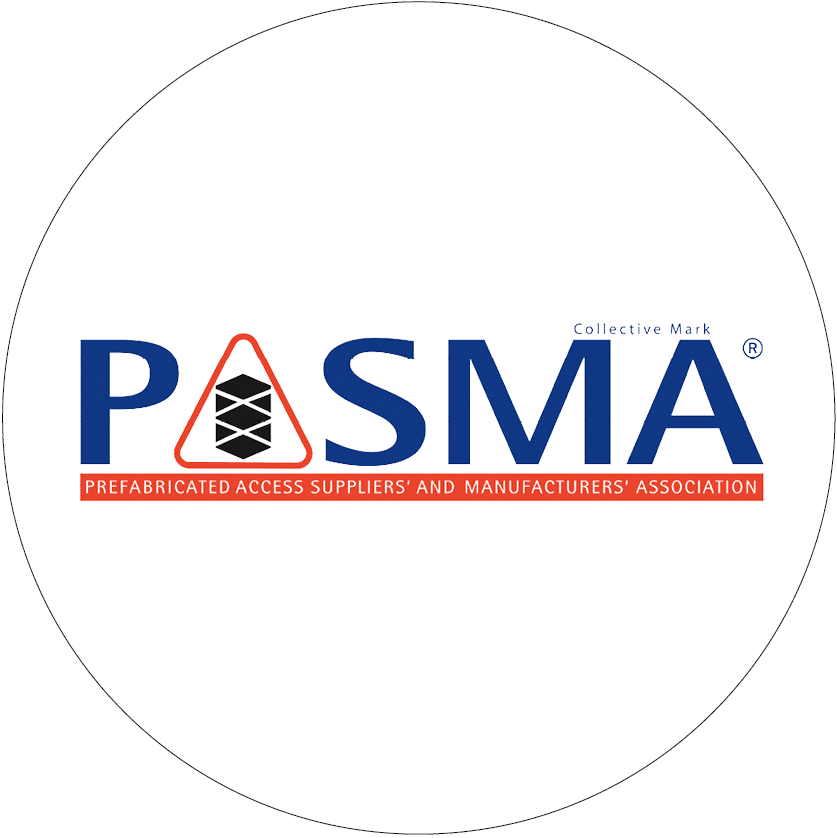
Extra tips for safe Autumn repairs
Keep your tools and materials secure so nothing can fall and cause trouble. Where possible, work with a partner – having someone to help out or keep an eye on things really makes a difference. Make sure your work area is well-lit, especially if you’re starting early or finishing late, and don’t forget the essentials: gloves, hard hats, and sturdy footwear. A bit of planning, combined with HSE guidance, means you and your team can get all your Autumn exterior repairs done safely and efficiently.
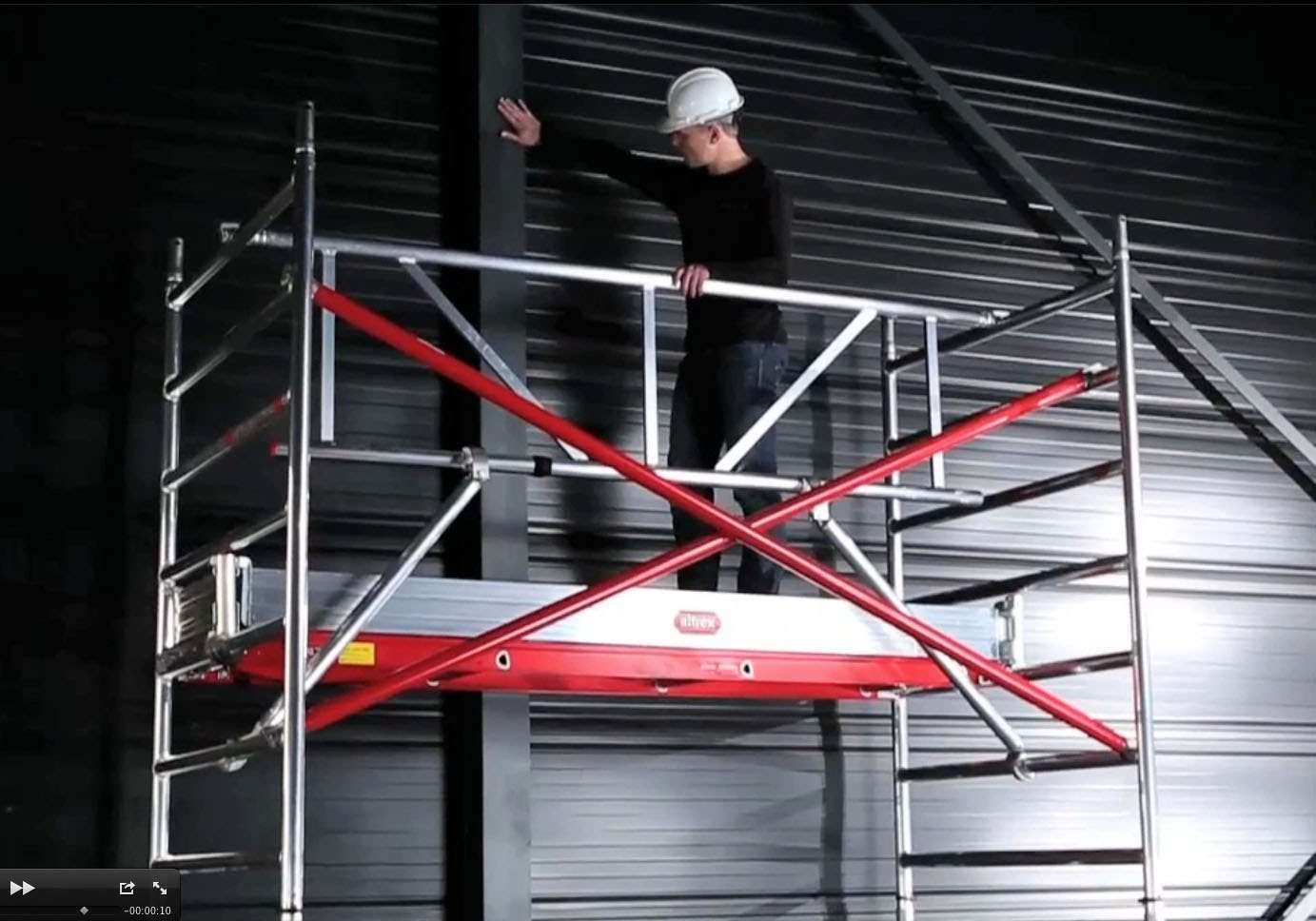
At Smiths Hire, we’ve been supporting contractors and tradespeople for over 55 years with reliable, UK-wide scaffold tower hire. Whether you’re tackling a one-off gutter repair, repainting a façade, or planning multi-day maintenance, we can help you get the right tower to get the job done safely. With 18 tool hire depots across the North West and Yorkshire, over £16 million of access hire equipment in stock and nationwide delivery, we make it easy to hire the right scaffold tower for your Autumn exterior project.
If you’re not sure what you need or want some more advice on working safely in Autumn conditions, just give our friendly team a call on 0333 323 2100 or visit our website to view our full range!

 SPEAK TO US
SPEAK TO US

 My Account
My Account


